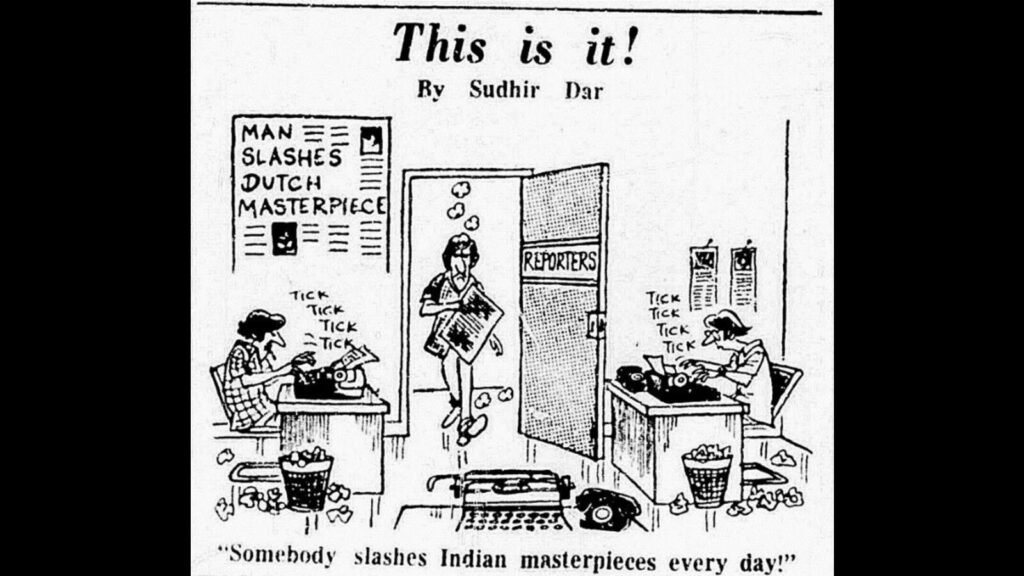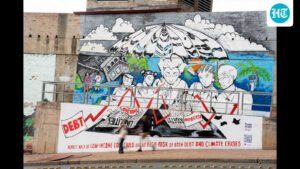
Many see the emergency as the harshest test the press has decided since independence. In the early hours of June 26, 1975, when the emergency was declared, citing ‘internal disturbances’, the press was the first casualty. Challenged and Threatened, The Press Perseveered Through Various means and Technique.

The Hindustan Times Attempted Reporting the events as they were, trusting their readers to read betteren the lines. When it became hard to get past the chiff censor appointed for the purpose, Sudhir Dar’s Cartoons Became The Vehicle of the Occasional Satire Couched in Various Disguises.
Electricity to Most Media Houses Had Been Cut Off to Paralyse them but the June 28 Edition Reported to its readers thus: “The City Edition on Friday and the Dak Editions of Friday and Saturday COLDAY COLDAY COLDAY COLDAY COLDAY COLDAYS No Power was available from 12:45 pm on Thursday Till 7:15 PM on Friday ”. It was hard to miss the Irony implied in Simply Placing this announcing between two articles headlined “MRS Gandhi Believes in Press freedom” and “Press Censorship for Fired Time,” Respightly Time. The same edition of the paper also carried a blank white space where perhaps the editorial out to have been, marking the impact of censorship. Although it Caught Attention, this Technique of Blank Spaces was not a sustainable one giving that the emergency was indefinite.
Sudhir Dar’s “This is it!” Cartoons Carried The Stirical Baton Forward. A Man in a Cartoon Published on March 11, 1976, Complains about the Increase in Rail Fare: “My wife went home to kerala three months ago… Now I can’t afford to brings her back”. And then, Lest the Cartoonist be Hailed Up for Attacking The Authorities
When he really struck, Dar’s political comments were marked by a scathing sense of humor. In a Cartoon Published on July 15, 1976, Dar Makes a Direct comment on the state of democracy. The domestic help of a couple in their house carries a tray in his hand but the tea-coup and saucer are precarously balanced on his head. While the man looks aghast the woman caonsoles he: “His mind is like the de _______s days… Frequently cloudy!”. The readers’ Prior Knowledge from Reading The Newspapers in Those Days Helps Them Fill in the Blank With the oft-Rupeed Word: Democracy.
In another cartoon on September 16, 1975, Dar uses a carefully chown newspaper headline to set the context: “Man Slashes Dutch MasterPiece”. Dar Unexpectedly Transforms This Into A Direct comment on Censorship of the time as a reporter in the cartoon entering whats like the office of a media house thinks to Himsfe: Masterpieces Every day! ”. The comment is evidently upon the censor who rejects publication of the work of hard-working reports.
So, What did these cartoons achieve? Before announcing the general elections in 1977, the Prime Minister Consulted Her Cabinet and the Newspapers to know if youf national sentiments were conducted for the same. But bot Had been effectively censored. Contrary to their predictions, the ruling party lost by a significant margin. The common follows who read betteren the lines in the cartoons had the last laugh.
Neha Khurana Teaches Liberal Arts at Vidyashilp University (Bengaluru). The views expressed are personal.




